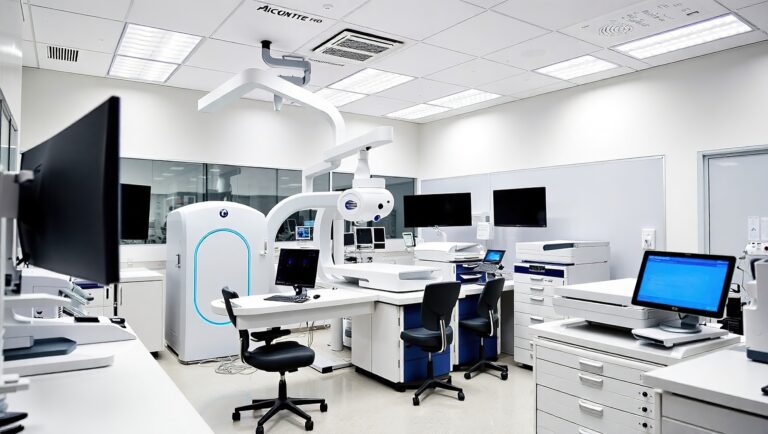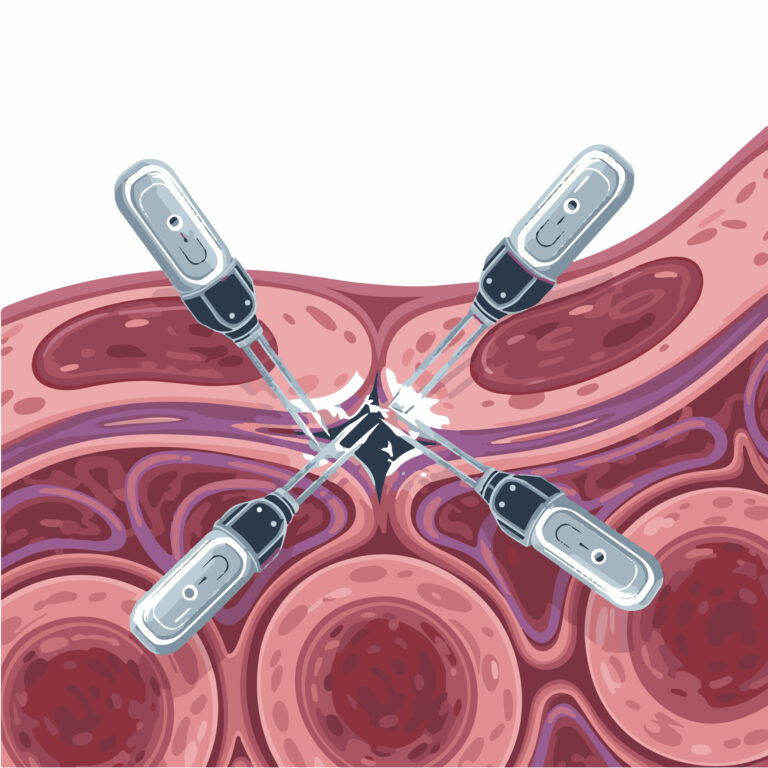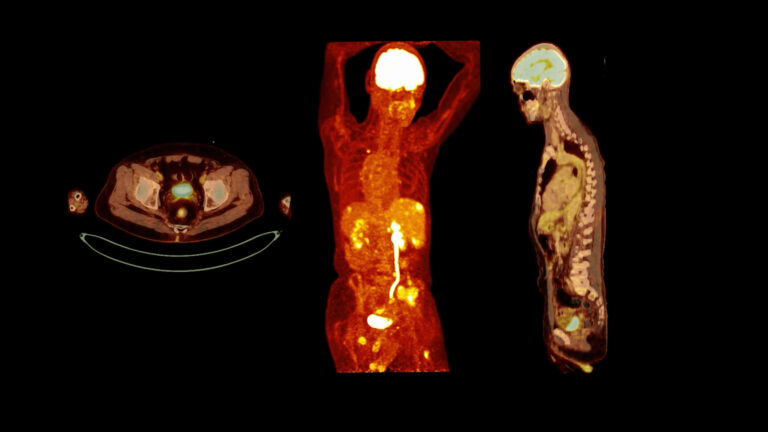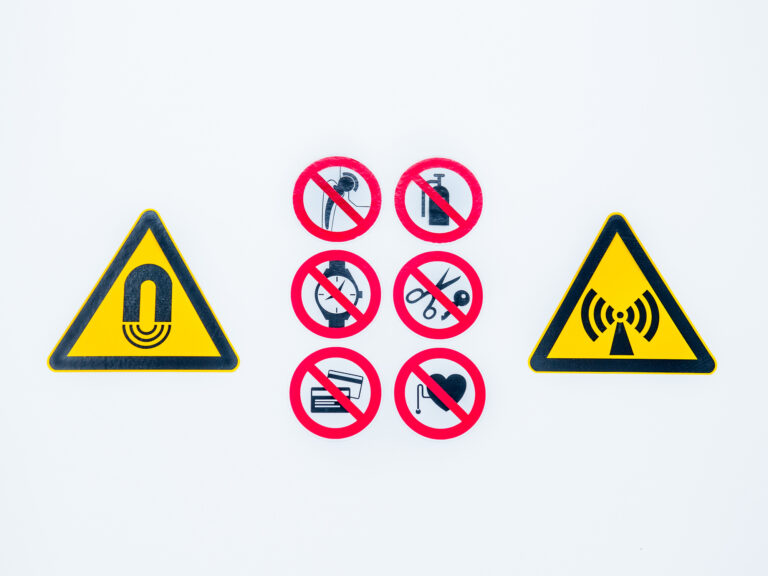Medical Imaging News
Medical Imaging News encompasses the latest developments, breakthroughs, and trends in medical imaging technology and its diagnostics, treatment planning, and monitoring applications. As an essential aspect of modern healthcare, medical imaging has evolved rapidly, enabling healthcare professionals to visualise internal structures and processes within the human body more accurately and non-invasively.
Consequently, it is crucial for medical professionals and researchers to stay informed about this area’s most recent advancements and research. One of the major themes in medical imaging news is the emergence of novel technologies and techniques that improve image quality, reduce radiation exposure, or enhance diagnostic accuracy.
These innovations may include the development of new imaging modalities, such as photon-counting computed tomography (PCCT) or the integration of existing modalities like magnetic resonance imaging (MRI) and positron emission tomography (PET) into hybrid systems. As these technologies mature, they hold the potential to revolutionise medical diagnostics and improve patient outcomes.
Another significant area of focus in medical imaging news is the integration of artificial intelligence (AI) and machine learning algorithms into the diagnostic process. AI-driven techniques can enhance image analysis, automate feature extraction, and identify subtle patterns that may be difficult for the human eye to discern. In addition, as these systems continue to develop, they can augment the expertise of radiologists and other medical professionals, leading to faster and more accurate diagnoses, personalised treatment plans, and better prognostic insights.
Another noteworthy trend in medical imaging news is the emergence of portable and accessible imaging devices. The development of compact, user-friendly devices such as handheld ultrasound machines or smartphone-compatible imaging systems allows healthcare providers to offer diagnostic services in remote or resource-limited settings.
This increased accessibility can help bridge the gap in healthcare disparities and enable timely interventions for patients who may have previously lacked access to imaging services. Finally, medical imaging news also highlights the regulatory and policy changes that impact the industry. These may include updates to screening guidelines for specific conditions, such as lung or breast cancer, or changes in reimbursement policies for imaging procedures. Understanding these developments is vital for healthcare providers and administrators, as they directly affect the delivery of medical imaging services and the financial sustainability of these services within the healthcare system.
You are here:
home » medical imaging news












